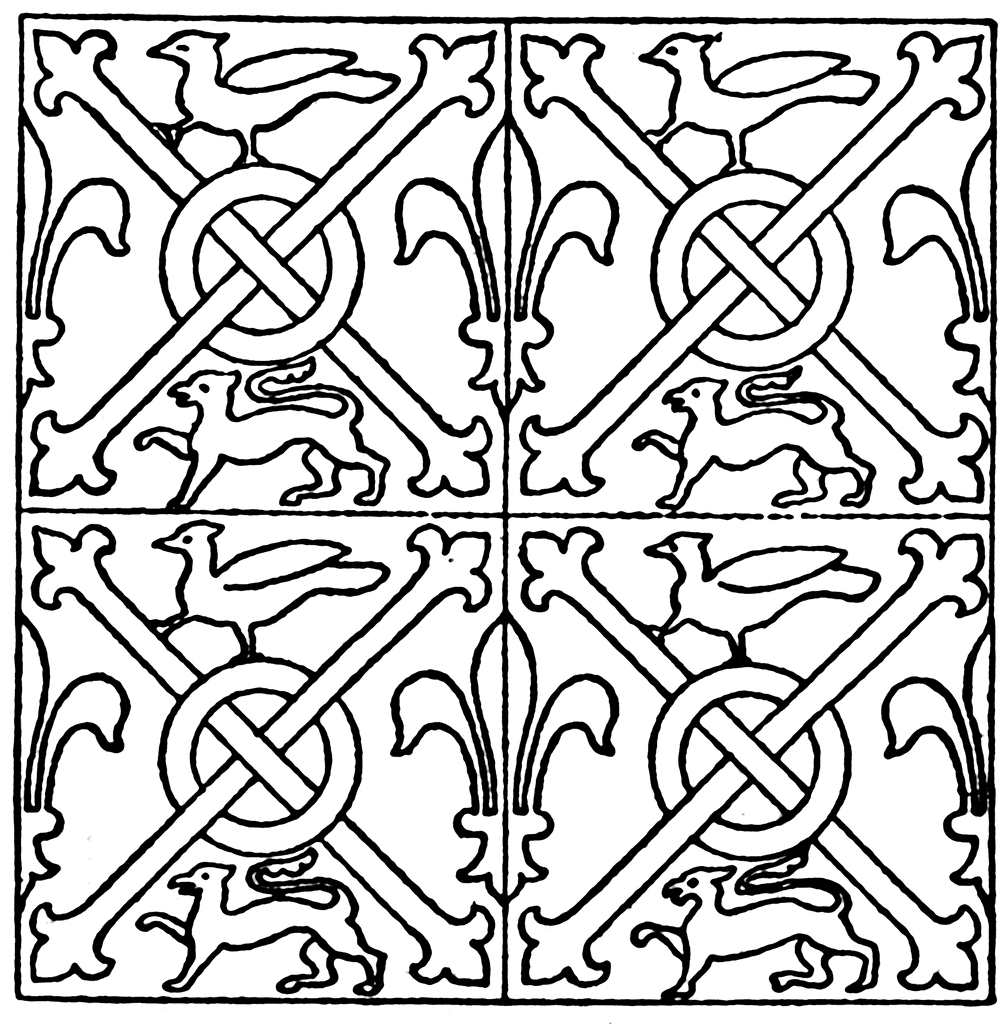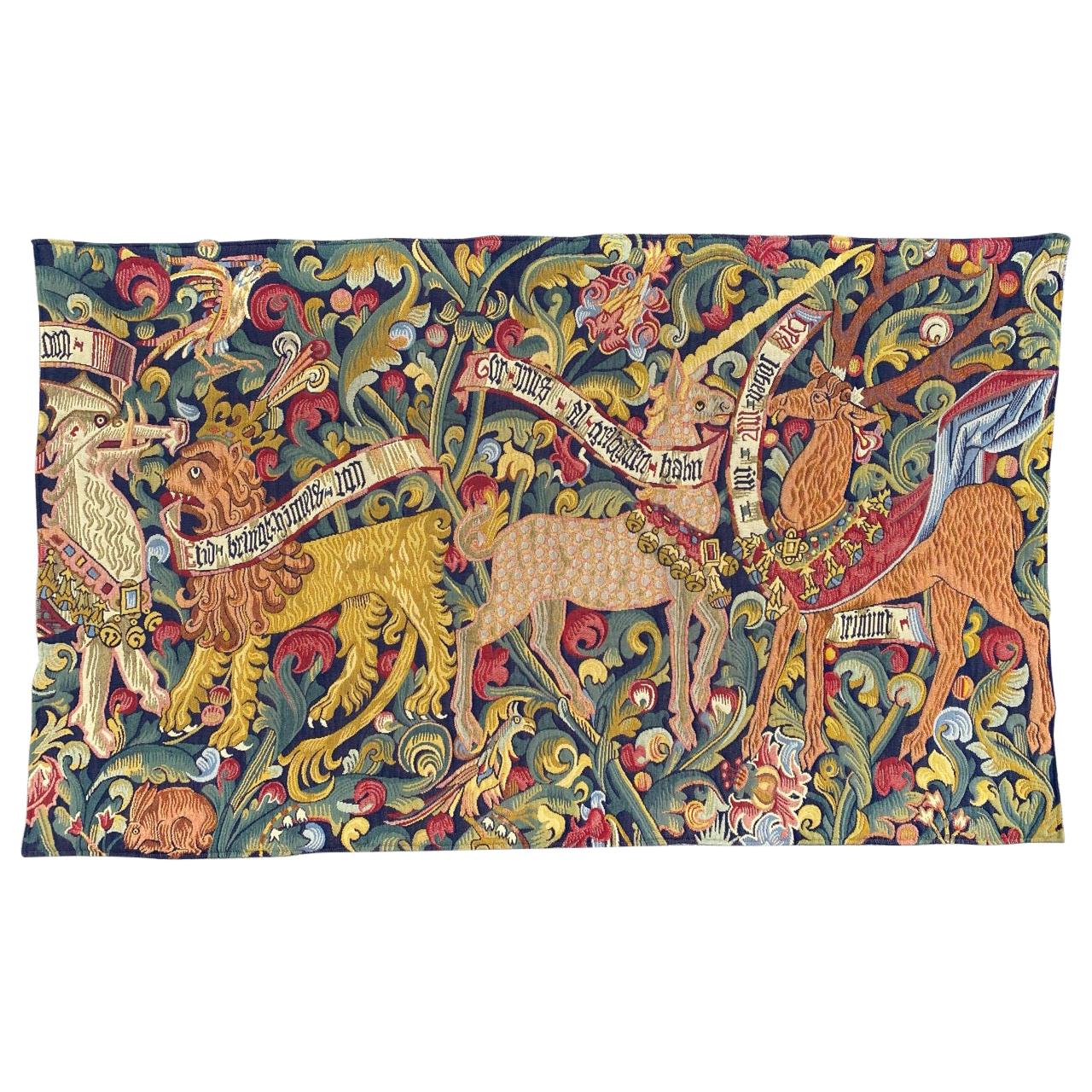Table Of Content

Unlike what many people thinks, architectural design is not so much a question of spontaneous creativity but much more of theoretical and technical knowledge. “Ars sine scientia nihil est” according the well know exclamation of the French master builder Jean Mignot consulting the Milan Cathedral builders in 1400 ca. The theoretical “scientia” at Mignot’s time was little and approximate, the artistic drive on the contrary was all the stronger. The success of so many ancient buildings, in particular the audacious finely jointed gothic structures were the result of practical experience during about 3000 years of building since the first Mesopotamian temples. Those ancient buildings were always expression not only of specific needs but also of the then living spiritual concepts about society, religion and esthetics. As in many other disciplines, also architecture and design owe a lot to ancient Greek philosophers from the early 10th century BC (and the Egyptians before them) as founders of West-European culture.
How were medieval buildings constructed?
Speke Hall, located in Merseyside, showcases a unique blend of Tudor and medieval architecture. Beautifully maintained gardens complement its half-timbered black-and-white exterior. Speke Hall is known for its enchanting “wattle and daub” construction, a technique popular during the Tudor era. Tudor buildings frequently incorporate leaded glass windows with diamond or lattice patterns.
Gate House

Split timbering, wattle-and-daub, and early brickwork are easy identifications for less-posh buildings. An ancient holy well is half a mile from the church and it provided crystal clear water to the village. Although the church building is located away from houses today, evidence of medieval housing has been uncovered close to the church. Parish feasts would have been prepared and served here with the profits going to the church for funding. The rounded arch entrances and Gothic windows set into rounded arch openings suggest a Romanesque origin and later Gothic remodel.
Medieval Tapestry Upholstery Fabric Discount - Atlanta Progressive News
Medieval Tapestry Upholstery Fabric Discount.
Posted: Sat, 27 Apr 2024 09:40:40 GMT [source]
What are the main elements of medieval architecture?
Often, words and images in the margins of a manuscript relate to the main content of the page. This line of musical notation, for example, includes the beginning of the Psalm written on the facing page, providing guidance for singing the written text. Known as “historiated initials,” this one shows St. Matthew sitting inside the letter D, wearing a bright red robe and holding a book. Here, text and gilding (gold leaf or paint) have been applied to the page, but the scenes remain unpainted. Rough outlines of the figures are visible, indicating what the finished page might have looked like. So, do not expect to learn about the architects of Medieval architecture down below.
Apartments ValletdeMartinis Architectes

The original structure was constructed in the aftermath of the 1066 conquest of England by the Norman invaders. This period of time was characterized by French rule over the English state and the relegation of the English people to a lower social class. These kinds of Medieval structures, thanks to their immense age, need to be preserved as best as possible. They need to be protected, but regardless of the protection that may be offered by most people who wish for the heritage of our shared world to be preserved, there will always be dangers that threaten these ancient buildings. There isn’t much that can be done to protect anything from a conflict on a global scale. In the kitchen, rotating spits and adjustable hooks for suspending cooking pots were fixed into a vast hooded or recessed wall fireplace.
2 Euclid’s geometry, the basic instrument in structuring and meditating on space
Most surviving Byzantine interiors are ecclesiastical, although secular wall paintings and especially mosaics continued to be popular. The Iconoclasts of the 8th century, however, not only proscribed the making of images but destroyed most of those already existing. Ivory carving was highly developed, and furniture was inlaid with ivory plaques and decorated with carvings. Goldsmith’s work, which had existed in large quantities in ancient Rome, was equally popular in Constantinople. Decoration was usually of the repoussé type, with subjects from classical mythology. Decorative textiles of fine quality were common, and a few fragments have survived.
An evening gown, a doctor's white coat, cowboy boots—today these can all be clues to social status, profession, or geographic origin. In the Middle Ages, clothing was integral to identifying one's place in the world. Few can rival the enduring allure of Tudor architecture when it comes to architectural styles that have left an indelible mark on history. This distinctive style, characterized by its half-timbered façades, steeply pitched roofs, and ornate detailing, has captivated the imagination of people for centuries.
The hexadecagonal chapel was a integrated part of a squared parceled design covering the complete imperial palace site, including an open forecourt to the chapel, two small and one larger basilica’s for the emperor’s activities as well as several residential buildings. The combination of architecture and number philosophy has nothing to do with “numerology”, being a predominant esoteric discipline of fortune-telling and kabalistic or astrologic reading of phenomena about man and nature. It does not apply the scientific and rational ‘theory of numbers’ as intended by Greek philosophers, although even they did not use always the most objective logic, as e.g. by naming male and female numbers, inherited from Egypt.
Graphic Design in the Middle Ages - Getty Center
Graphic Design in the Middle Ages.
Posted: Tue, 29 Aug 2023 07:00:00 GMT [source]
The University of Oxford’s Bodleian Libraries is set to open a new exhibition looking at some of the earliest examples of English graphic design. Fortifications made from stone were continuously adapted to keep out conquerors, yet medieval invaders still managed to penetrate these defenses. Invaders tunneled under stone tower corners which caused them to cave in and provide entry. The original natural mounds frequently had earth and rock added, to make them higher and steeper, and thus more difficult to climb. Additionally, while excavating rock and soil from the ground to strengthen and increase the size of the mound, a ditch was formed around it–making the mound even more difficult to access.
From the grandeur of Hampton Court Palace to the quaintness of Anne Hathaway’s Cottage, Tudor architecture has left an indelible mark on the architectural landscape. Whether you’re exploring historic buildings or enjoying the comforts of a Tudor-inspired home or hotel, the enduring appeal of Tudor architecture is a testament to its enduring legacy in design and aesthetics. So, the next time you encounter a half-timbered façade or an ornate chimney, take a moment to appreciate the rich history and enduring beauty of the Tudor architectural style. The Jacobean period, which followed the Elizabethan era, further changed Tudor architecture.
As the Castle del Monte was built in the same years (i.e. before 1240–1249) as the S. Francis Basilica at Assisi (built 1228–1253)), this Castle del Monte might also have been meant as a imperial answer in virtual confrontation with the papal project in Assisi. (One should note that the actual rectangular Al-aqsa mosque as well as the ‘Dome of the Rock’- shrine has been damaged and rebuilt several times, but the mayor geometry of the ‘Dome’ has been preserved). The vertical section of the Lower Church signs a surprising ad circulum design, i.e. each bay includes a regular sphere with a diameter equal to the 40 rf modulus. The nadir of each sphere does not coincide with the pavement level, what should be the normal design, but with the quote of the Saint’s sarcophagus, below the pavement. The sarcophagus is located at the base of a virtual sphere, inscribed in the crossing of the nave and the transept.
No comments:
Post a Comment